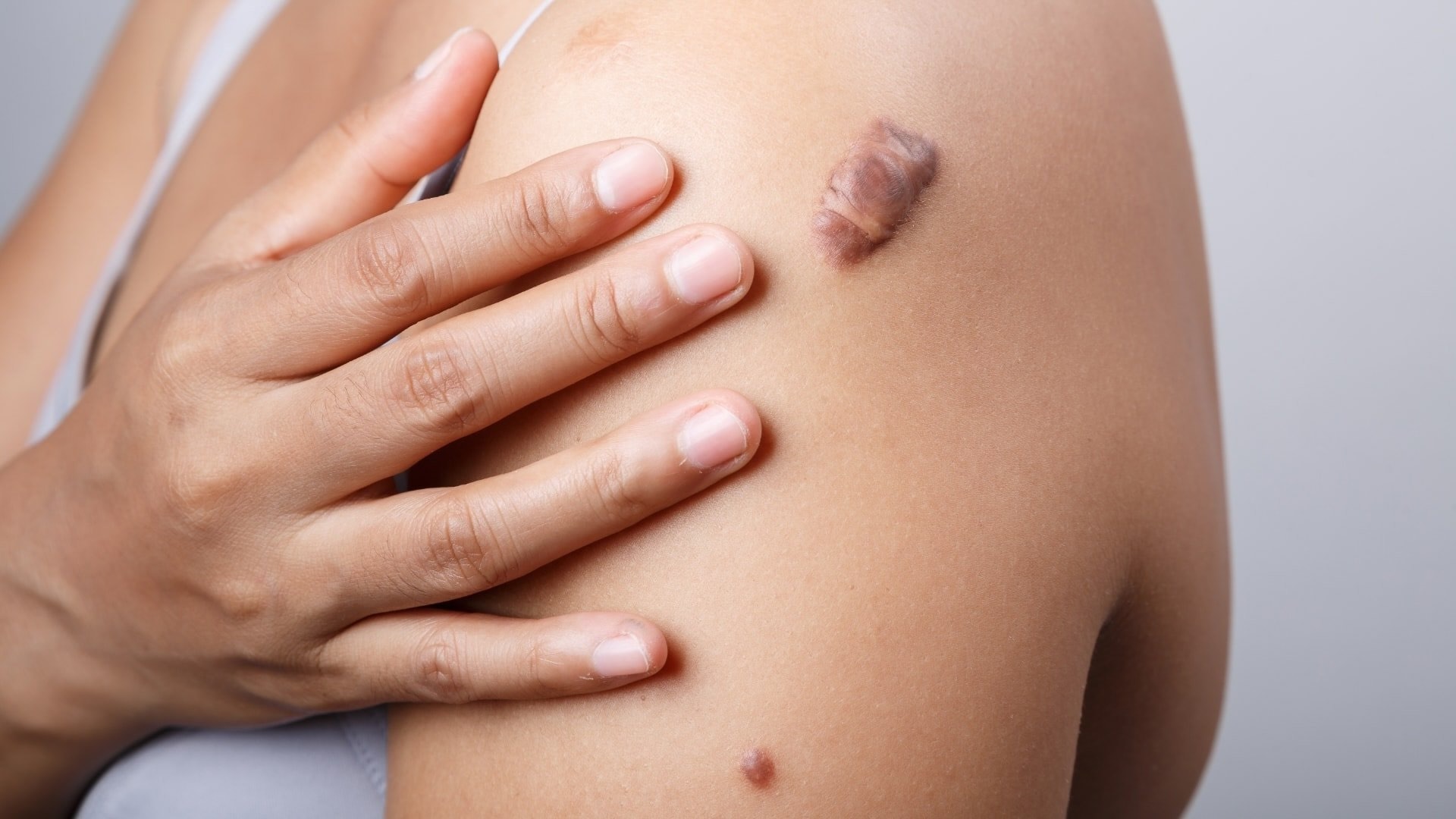
What are keloids? Keloids are raised scars that grow larger than the original wound. They form when the skin heals after an injury, but the healing process goes into overdrive. Instead of stopping when the wound is covered, the body keeps producing collagen, creating a thick, lumpy scar. These scars can appear anywhere on the body but are most common on the chest, shoulders, earlobes, and cheeks. Keloids can be itchy, painful, or cause discomfort, especially if they rub against clothing. While they aren't harmful, they can be a cosmetic concern for many. Understanding keloids helps in managing and preventing them effectively.
Key Takeaways:
- Keloids are raised scars that grow beyond the original wound and can be itchy, painful, and unsightly. They are more common in people with darker skin tones and can develop after surgeries, piercings, burns, or even minor injuries.
- Genetics, hormonal changes, and certain types of skin injuries can increase the likelihood of keloid formation. Recognizing the symptoms and getting a proper diagnosis is crucial for effective treatment. Various treatments can help manage keloids, though they can be stubborn and recur.
What are Keloids?
Keloids are raised scars that grow beyond the boundaries of an original wound. They can be itchy, painful, and sometimes unsightly. Here are some interesting facts about keloids.
-
Keloids form due to an overproduction of collagen during the healing process.
-
They can appear anywhere on the body but are most common on the chest, shoulders, earlobes, and cheeks.
-
Keloids are more prevalent in people with darker skin tones.
-
They can develop after surgeries, piercings, burns, or even minor injuries like insect bites.
-
Keloids can continue to grow for weeks, months, or even years after the initial injury.
Causes and Risk Factors
Understanding what causes keloids and who is at risk can help in managing and preventing them.
-
Genetics play a significant role; if a family member has keloids, you are more likely to develop them.
-
Hormonal changes, such as those during puberty or pregnancy, can increase the likelihood of keloid formation.
-
People aged 10 to 30 are more prone to developing keloids.
-
Certain types of skin injuries, like acne scars or chickenpox scars, are more likely to turn into keloids.
-
Tension on a wound, such as that from a joint or a high-movement area, can contribute to keloid formation.
Symptoms and Diagnosis
Recognizing the symptoms and getting a proper diagnosis is crucial for effective treatment.
-
Keloids are usually shiny, hairless, and can be pink, red, or dark brown.
-
They can cause discomfort, including itching, tenderness, and even pain.
-
A dermatologist can diagnose keloids through a physical examination and medical history.
-
Sometimes, a biopsy may be performed to rule out other skin conditions.
-
Keloids can sometimes restrict movement if they form over a joint.
Treatment Options
Various treatments can help manage keloids, though they can be stubborn and recur.
-
Corticosteroid injections are commonly used to reduce inflammation and flatten keloids.
-
Surgical removal is an option, but keloids often return and can become larger.
-
Laser therapy can help reduce the size and discoloration of keloids.
-
Silicone gel sheets or silicone ointments can soften and flatten keloids over time.
-
Cryotherapy, which involves freezing the keloid with liquid nitrogen, can be effective for smaller keloids.
Prevention Tips
Preventing keloids can be challenging, but some strategies can reduce the risk.
-
Avoid unnecessary skin trauma, such as piercings or tattoos, especially if you are prone to keloids.
-
Use pressure earrings or dressings after ear piercings to minimize keloid formation.
-
Keep wounds clean and covered to prevent infection, which can lead to keloid formation.
-
Apply sunscreen to scars to prevent them from becoming darker and more noticeable.
-
Consult a dermatologist for personalized advice if you have a history of keloids.
Final Thoughts on Keloids
Keloids can be a real nuisance, but understanding them better helps manage and prevent them. These raised scars form due to an overgrowth of collagen during the healing process. They can appear anywhere on the body, often after surgery, piercings, or injuries. While they aren't harmful, they can be itchy or uncomfortable. Treatments range from steroid injections to laser therapy, though results vary. Prevention is key—keeping wounds clean and avoiding unnecessary skin trauma can help. If you’re prone to keloids, consult a dermatologist for personalized advice. Knowledge is power, and now you’re armed with facts to tackle keloids head-on. Stay informed, take care of your skin, and don’t let keloids hold you back.
Frequently Asked Questions
Was this page helpful?
Our commitment to delivering trustworthy and engaging content is at the heart of what we do. Each fact on our site is contributed by real users like you, bringing a wealth of diverse insights and information. To ensure the highest standards of accuracy and reliability, our dedicated editors meticulously review each submission. This process guarantees that the facts we share are not only fascinating but also credible. Trust in our commitment to quality and authenticity as you explore and learn with us.
